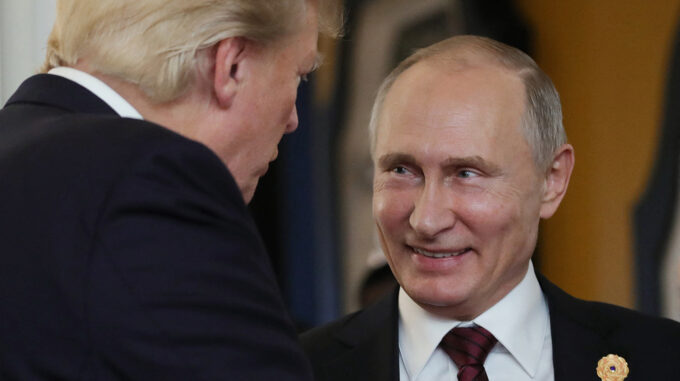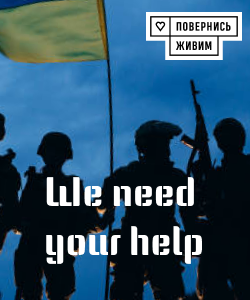The Future of the Ukraine War: Analyzing Russia’s Strategies and Possible Developments

Amid the ongoing international tensions, the conflict in Ukraine remains one of the most complex and entrenched crises in recent history.
According to sources close to the Kremlin, Russian President Vladimir Putin maintains an unwavering belief in the military strength of his country and is determined to pursue his strategic objectives.
Despite ultimatums from the United States, notably from Donald Trump, Russian officials are committed to defending their positions and capturing control over the occupied regions of Donetsk, Luhansk, Zaporizhzhia, and Kherson.
At the same time, Moscow does not rule out the possibility of negotiations, recognizing the need for diplomatic solutions to resolve the conflict.
However, its primary goal remains unchanged — to fully seize these regions, which Russia considers contested territories.
Meanwhile, in the Kremlin, there is an effort to persuade Western powers of Russia’s intention for a long-term peace, but the negotiation process is complicated by differing positions and Russia’s desire to maximize gains on the battlefield.
Putin himself personally expresses concern about deteriorating relations with the United States but shows no signs of halting military operations, given the strong resistance from Ukrainian forces and the prolonged nature of the conflict.
Analysis by experts indicates that maintaining an active military stance is crucial for Russia because a pause could be perceived as weakness and political defeat.
Conversely, Washington and European allies remain tense and ready to impose further sanctions and increase military support to Ukraine, further complicating the situation.
The question that remains is: what will be the next steps, and how long can this conflict last, considering over eight years of tension and unprecedented levels of Western military aid?

